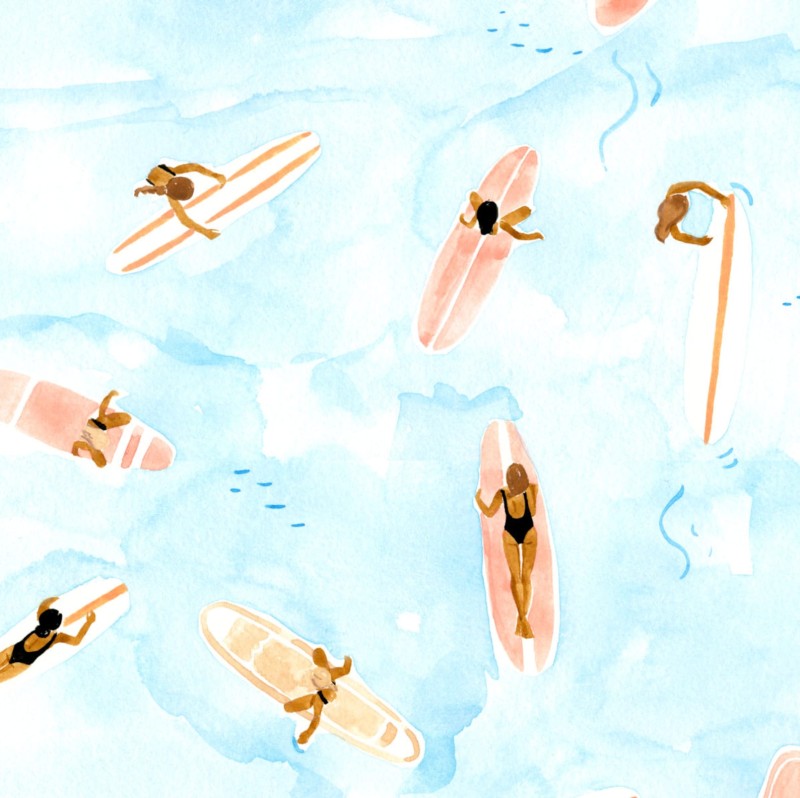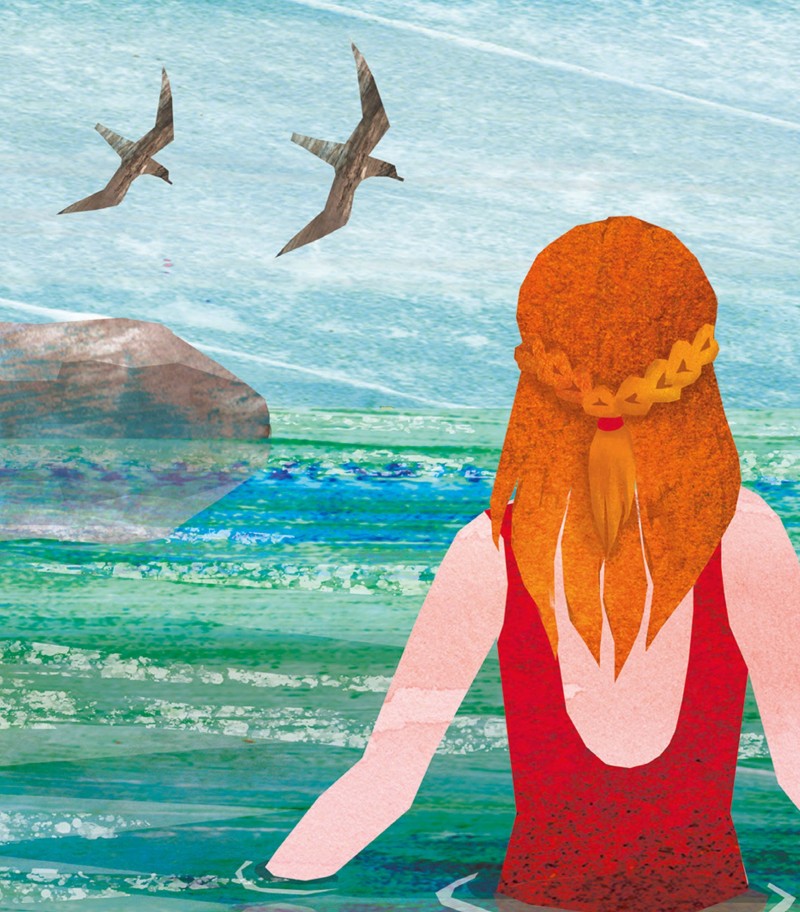Oystercatchers (noisy birds on sandy shores!)

These are not officially wading birds, but easy to know from their bright red bills and black/white feathers. The oystercatcher stands out straight away, with its black-and-white plumage and bold, orange bill. It’s a noisy bird with a sharp pip that echoes across muddy estuaries and sandy shores.
Keep at least 50 metres away from wading birds, as flying away wastes energy that could be used for feeding (they need more space at high tide). Keep dogs away, as disturbing nests could cause birds to abandon chicks. Read more on keeping dogs safe at the seaside.
Oystercatchers are often seen in flocks, especially in winter when huge numbers gather on the coast. They feed on shellfish, especially mussels and cockles, using their strong bills to prise shells open or jab into the mud.
In spring and summer, some nest inland on gravel beaches or riverbanks. Their curious calls and striking looks make them a favourite among birdwatchers.
Restoring our wetlands is the best way to help wading birds, as it provides natural food and habitat. In recent years, many wetlands have been lost to farming and building, so birds lose their nesting and feeding grounds.
Other issues are water pollution, raw sewage and climate change which changes weather patterns). So support small organic farmers that protect wildlife corridors, and avoid companies that use pesticide, that kill the creatures that wetland birds feed on.






